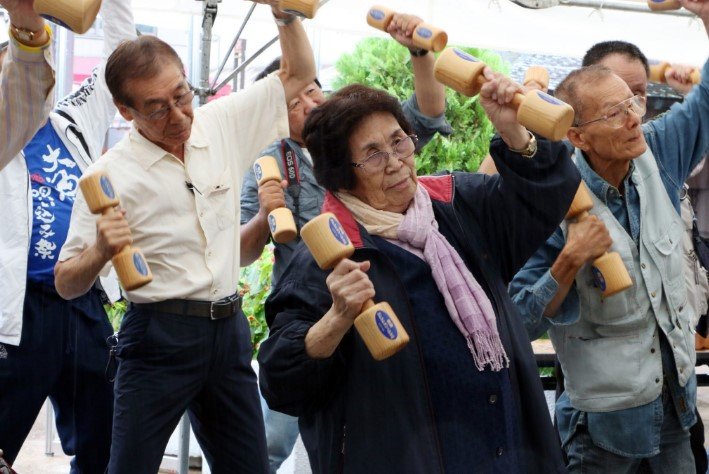Japan’s demographic landscape is undergoing a significant transformation, with the Japan elderly population soaring to an unprecedented 36.25 million.
Japan’s aging population presents a series of economic hurdles. One of the primary concerns is the shrinking workforce, as a growing number of citizens exit the labor market upon retirement. This decline in the working-age population puts pressure on the country’s economic productivity and growth. It also increases the burden on social security systems, with fewer workers contributing to the pensions and healthcare services that support the elderly.
Beyond economic concerns, the increasing number of elderly people in Japan also brings significant social and healthcare challenges. The demand for healthcare services is rising rapidly, placing a strain on the country’s medical infrastructure. Hospitals, clinics, and long-term care facilities are under pressure to provide adequate care for a growing Japan elderly population with diverse and complex health needs.
Japan’s experience with an aging population is closely watched by other countries facing similar demographic trends. Many developed nations are experiencing rising life expectancies and falling birth rates, leading to an increase in the proportion of elderly citizens. Japan’s strategies and policy responses serve as a valuable case study for how societies can adapt to an aging demographic.
Read more also:- Latest News










